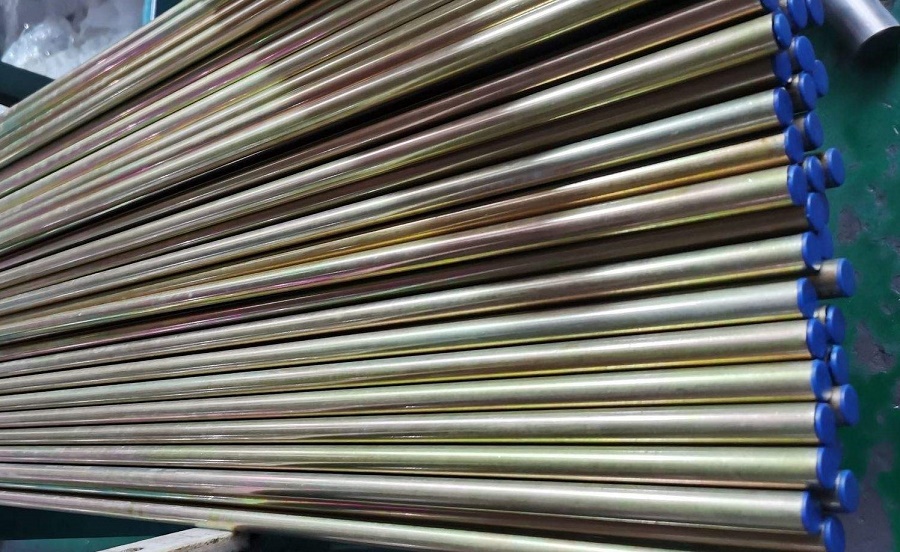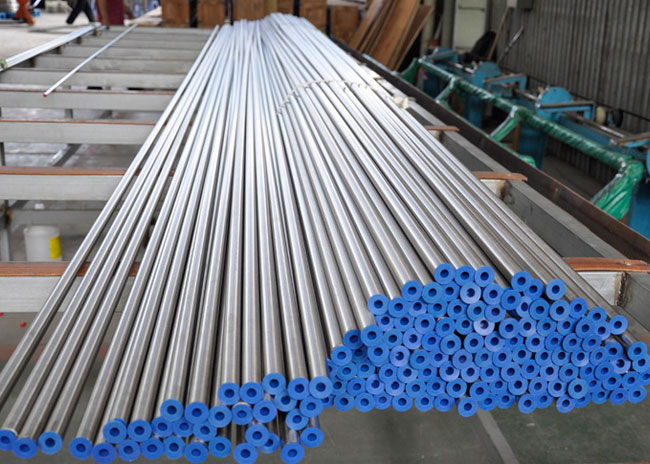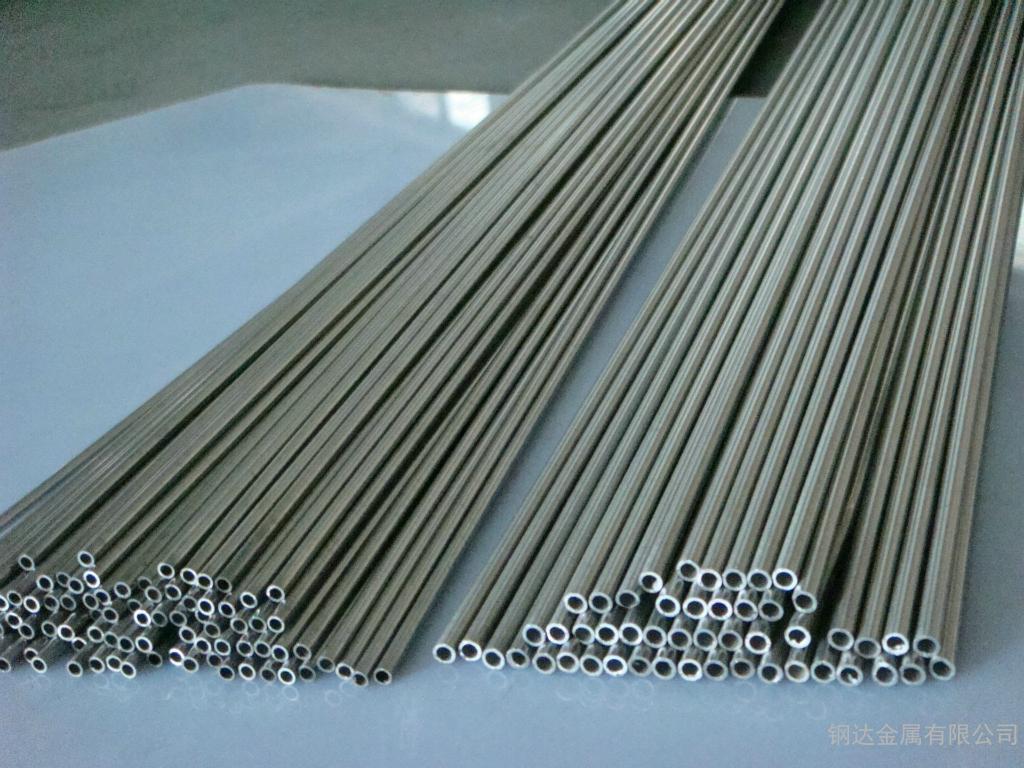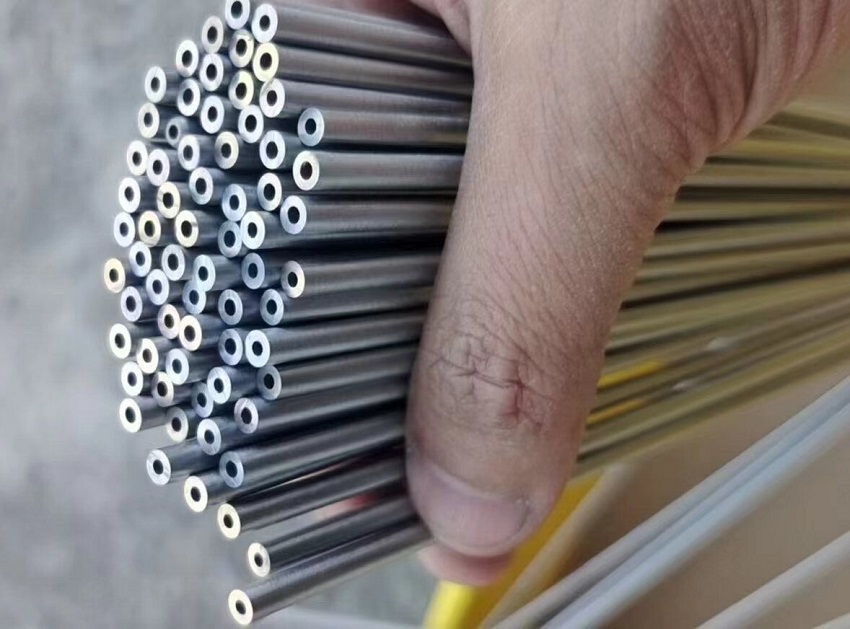What is 1/2 inch steel hydraulic line?
What is 1/2 inch steel hydraulic line?
A 1/2 inch steel hydraulic line typically refers to a hydraulic tubing with an diameter of 1/2 inch, made from steel material, and designed to handle hydraulic fluid under pressure. These lines are commonly used in various hydraulic systems, such as those found in industrial machinery, construction equipment, and automotive applications.
When selecting a hydraulic line, it is essential to consider factors such as the working pressure, temperature range, flexibility, and compatibility with the hydraulic fluid being used. Steel hydraulic lines are chosen for their strength, durability, and resistance to corrosion, making them suitable for demanding applications.
If you plan to use a 1/2 inch steel hydraulic line for a specific application, its crucial to ensure that it meets the required specifications and standards for the system youre working on. Additionally, proper installation and maintenance are essential for the safe and efficient operation of hydraulic systems. Always consult with hydraulic experts or professionals to ensure you use the appropriate hydraulic line for your specific needs.
More information about 1/2 inch steel hydraulic line
1. Material: As the name suggests, these hydraulic lines are made from steel, which provides excellent strength and durability. Steel hydraulic lines are commonly constructed from stainless steel or carbon steel, both of which offer different levels of corrosion resistance.
2. Types of Hydraulic Lines: There are two primary types of 1/2 inch steel hydraulic lines: hydraulic steel tubing and hydraulic stainless tubing.
- Hydraulic steel tubing: Hydraulic steel tubing are made of carbon steel, which used in applications where movement or vibration is present, such as in construction machinery and agricultural equipment.
- Hydraulic stainless tubing: Hydraulic tubing, also known as hydraulic steel pipes, are rigid metal tubes typically made from steel. They are used in applications where flexibility is not required, such as in stationary hydraulic systems or as part of the structure of a hydraulic system.
3. Pressure Ratings: The pressure rating of a hydraulic line refers to the maximum pressure it can safely withstand. The pressure rating is usually measured in pounds per square inch (psi) or bar. Its crucial to select a hydraulic line with a pressure rating that exceeds the maximum operating pressure of the hydraulic system it will be used in.
4. Temperature Range: Hydraulic lines are designed to operate within specific temperature ranges. Both the hydraulic fluids temperature and the external environments temperature can affect the performance of the hydraulic line. Its essential to choose a line that can handle the expected temperature conditions of the application.
5. End Fittings: Hydraulic lines need to be properly connected to the hydraulic components of a system. End fittings, such as connectors, couplings, and adapters, are used to create leak-proof and secure connections. Different types of end fittings are available to accommodate various system requirements.
6. Compatibility: Ensure that the hydraulic line is compatible with the type of hydraulic fluid being used in the system. Different hydraulic fluids can have different chemical compositions, and some fluids may not be suitable for use with certain materials.
7. Maintenance and Inspection: Regular inspection and maintenance are critical for hydraulic lines to ensure their safety and longevity. Check for signs of wear, abrasion, leaks, or any damage that could compromise the integrity of the hydraulic line.
1/2 inch steel hydraulic line Applications:
1. Industrial Machinery: Used in manufacturing equipment and industrial machinery to transfer hydraulic fluid between components.
2. Construction Equipment: Commonly used in excavators, loaders, and other heavy construction machinery.
3. Agricultural Equipment: Utilized in tractors, harvesters, and other farm equipment that relies on hydraulic systems.
4. Automotive and Aerospace: Employed in hydraulic brake systems, power steering, and other hydraulic functions in vehicles and aircraft.
5. Marine Applications: Used in hydraulic systems on ships and boats, including steering systems and deck machinery.

1/2 inch steel hydraulic line
请输入搜索关键字
确定






